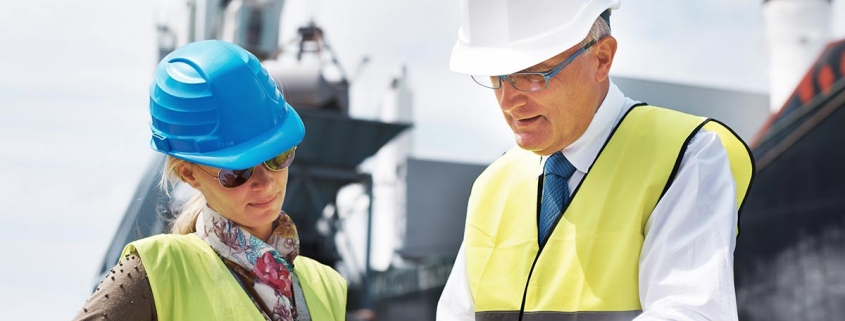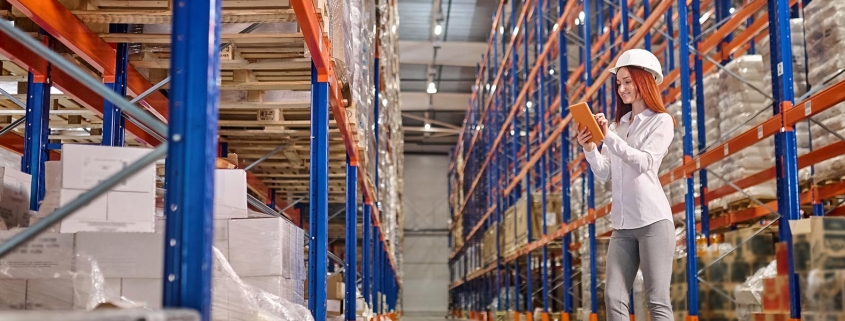🌐 #InternationalLogistics #AntitrustLaw #CompetitionLaw
Hello everyone! Today we are discussing how to navigate antitrust and competition laws in global trade.
Competition is inevitable in the realm of global trade. To ensure a fair competitive environment, countries around the world have established antitrust and competition laws. So, as supply chain managers, how should we address these legal considerations?
Firstly, understanding legal regulations is crucial. Familiarizing yourself with antitrust and competition laws in various countries, knowing prohibited and restricted practices, can help us avoid potential legal risks.
Secondly, establish compliance mechanisms. Develop rigorous internal compliance policies to ensure that the company’s operations and decisions align with legal requirements and prevent improper behavior.
Furthermore, maintain transparency and fairness. Adhere to fair practices in contracts and transactions, refraining from activities such as price fixing or market division that violate competition laws.
Lastly, cooperation and communication. Maintain good communication with partners and competitors, jointly adhering to legal regulations, and fostering a healthy competitive environment.
In conclusion, addressing antitrust and competition laws in global trade is a crucial aspect of maintaining a healthy supply chain. Adhering to the law, maintaining transparency and compliance are essential for achieving long-term success in the global marketplace!
#AntitrustLaw #CompetitionLaw #SupplyChainCompliance











